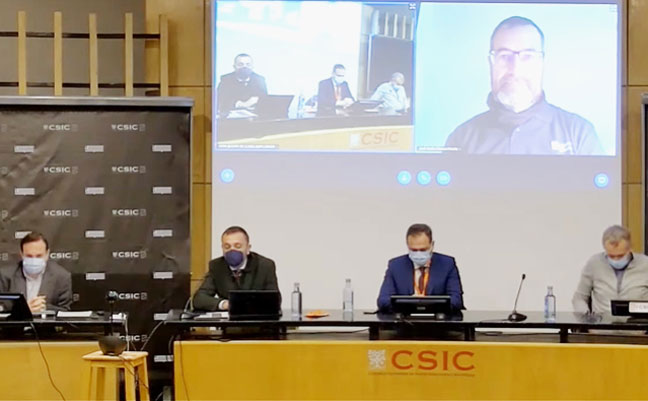
The Building Protection Working Group of ANECPLA presented the “Guide for prevention of pests through design in buildings” on Jan. 26. PHOTO: ANECPLA
The Building Protection Working Group of ANECPLA, the National Association of Environmental Health Companies, presented the “Guide for prevention of pests through design in buildings,” which recommends considering pest management early in the design process.
A team of technicians, architects, environmental health professionals, veterinarians and public administration representatives shaped it from a multidisciplinary approach. The information was presented on Jan. 26 in Madrid, Spain.
“When it comes to protecting a building, it is very important to take people’s health into account,” Sergio Monge, president of ANECPLA, said. “When we talk about pests, these are often reservoirs of many pathogenic agents and potential transmitters of diseases. In short, we are talking about public health, hence the importance of taking pest management into account in buildings.”
The presentation explained the sometimes insignificant or invisible details can be what makes the difference between being vulnerable to the arrival of unwanted pests, such as rodents, cockroaches or pigeons. For example, the orientation of a projection on the facade of a building, or poor sealing of passageways between spaces such as pipes, may make a difference.
The guide proposes small actions that must be taken into account when designing new construction to help prevent unwanted pests. If these measures are adopted, it will also make it easier for professionals to manage pests at a lower cost and avoid or reduce the need for subsequent intervention on the property.
If an existing building has faults that were overlooked at the time of its construction, the guide proposes specific solutions for each case that will allow past mistakes to be corrected and anticipate potential worse consequences.
“What it is about is, as much as possible, prevent pests from entering suitable places to reproduce,” said Jorge Galván, general director of ANECPLA.
The guide, which is in Spanish, can be downloaded for free from the ANECPLA website.
It is a series of voluntary recommendations and advice for architects and anyone involved in the construction process, whether it is new construction or refurbishing. The goal is to eventually make these pest prevention recommendations another mandatory component in new construction.
“With this guide we had objectives: to establish strategies that serve as a reference for agents involved in building design and, perhaps more importantly, to facilitate regulatory development regarding pest management in the CTE [Career and Technical Education] to achieve the health of spaces,” Monge said.
About ANECPLA
ANECPLA is the National Association of Environmental Health Companies. Established in 1992, it associates almost 550 companies that represent approximately 85 percent of the turnover of the sector in Spain, and whose main objectives are focused on the consolidation of a professionalized sector that ensures public health and the environment and the fight against intrusion.
Leave A Comment